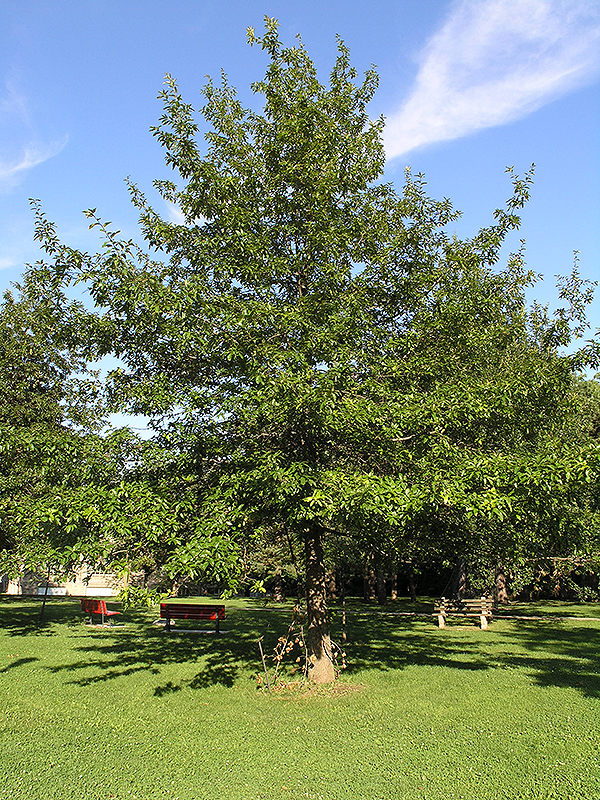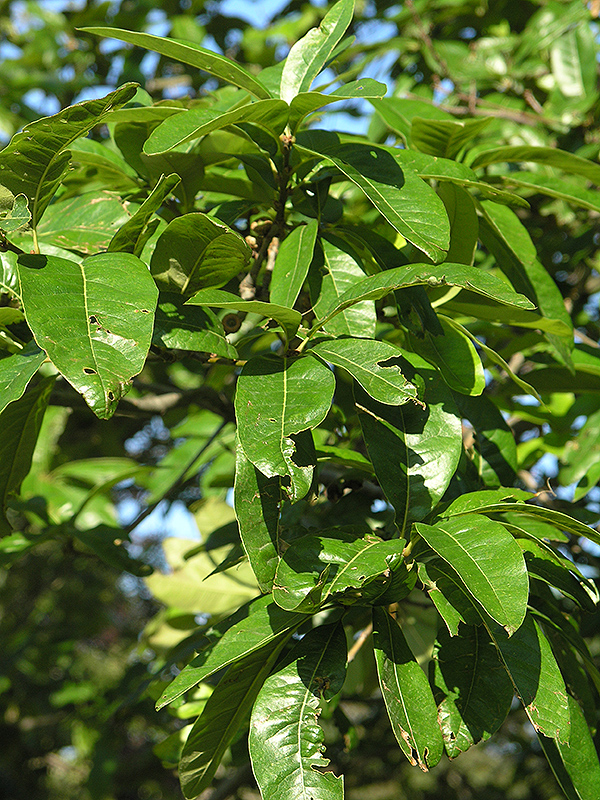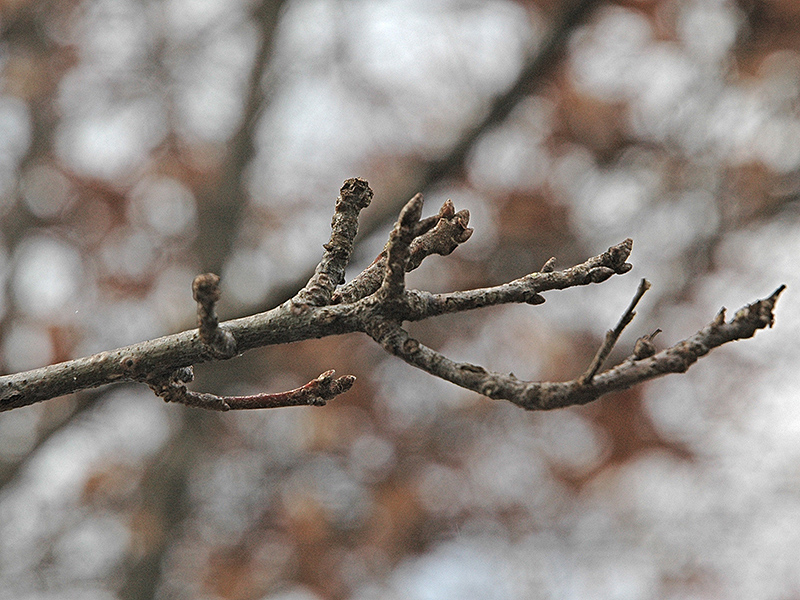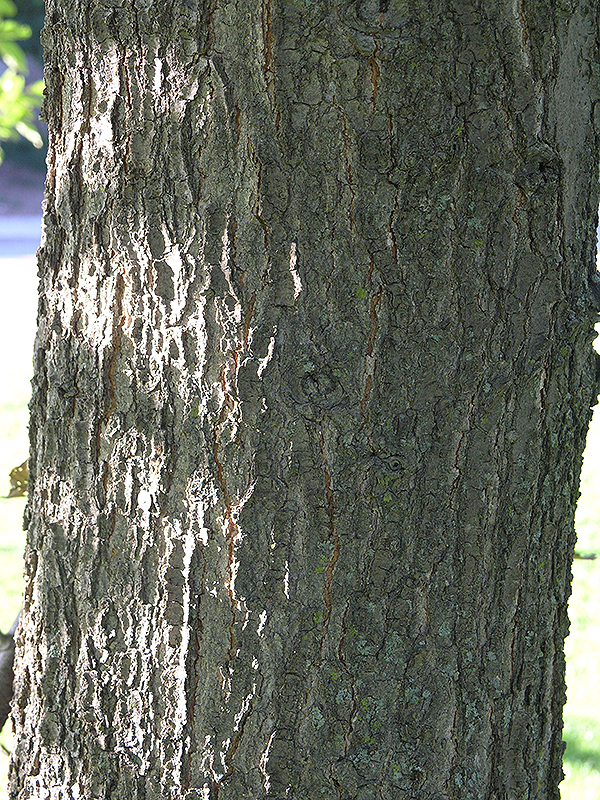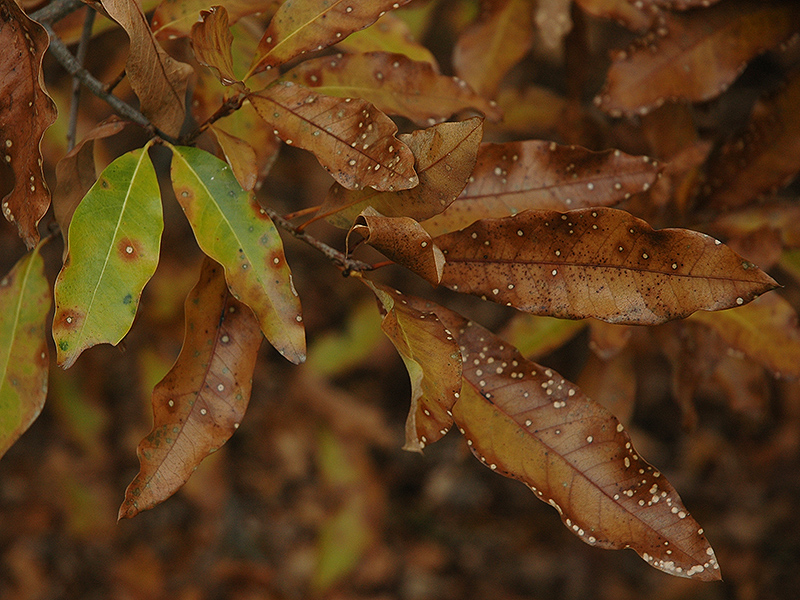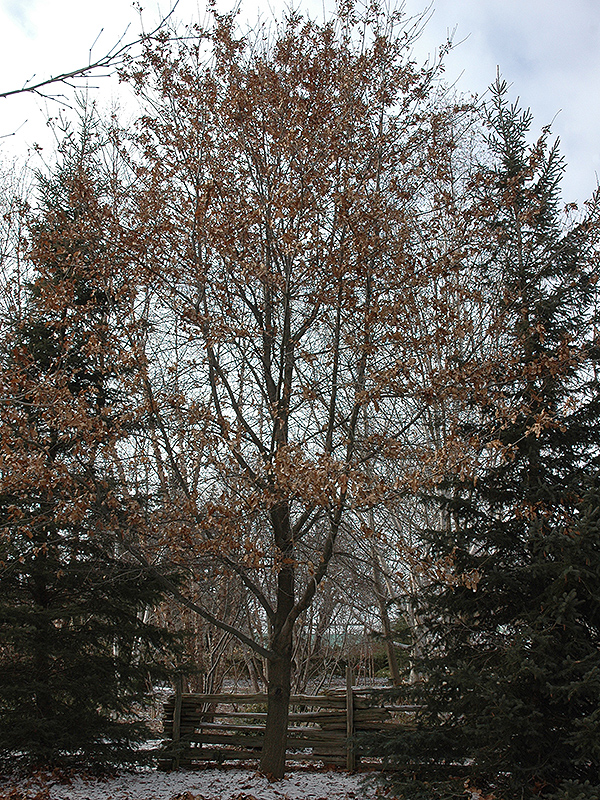
Woody > Quercus > Quercus imbricaria > Quercus imbricaria
Quercus imbricaria
Shingle Oak
Origin: Central and eastern United States of America.
Mike's
Opinion


"
An excellent and somewhat unusual tree because of its uncharacteristic oak leaves that are retained 'en masse' for most of the winter months. It is usually problem free but does need room to grow since the branching habit is almost horizontal to the trunk. I have found that it has done well for me on moist, mulched, heavy clay soils.
Michael Pascoe, NDP., ODH., CLT., MSc. (Plant Conservation)
"
| Family |
| Fagaceae |
| Genus |
| Quercus |
| Species |
| imbricaria |
| Category |
| Woody |
| Type |
| Tree (deciduous) |
| Pronunciation |
| USDA Hardiness Zone |
| 5 - 8 |
| Canadian Hardiness Zone |
| 4a - 8a |
| RHS Hardiness Zone |
| H7 - H4 |
| Temperature (°C) |
| (-26) - (-7) |
| Temperature (°F) |
| (-15) - 20 |
| Height |
| 15-26 m |
| Spread |
| 8 m |
Photographs
Description and Growing Information
Flowering Period
| General Description |
| A broadly pyramidal oak with uncharacteristic oak leaves that grows quite rapidly for its genus. |
| Landscape |
| A specimen or park tree that needs to be given room to realize its full stature. |
| Shape |
| Broadly pyramidal becoming rounded. |
| Growth |
| Medium |
| ID Characteristic |
| Lanceolate shiny leaves that often persist into the winter months. |
| Habitat |
| Found at altitudes of 100-700 m. |
| Bark/Stem Description |
| Smooth, blackish when young, maturing to a purple-grey and deeply furrowed. |
| Flower/Leaf Bud Description |
| Brown, 3 mm in length. |
| Leaf Description |
| Oblong, a pointed apex and a attenuate base, dark green with a pale pubescent underside, 7.5-15 x 2-5 cm. |
| Fruit Description |
| Acorn, round with black stripes, 1-2 cm. |
| Colour Description |
| Winter colour is substantial due to the retained dried leaves. |
| Texture Description |
| Coarse textured. |
| Notable Specimens |
| The Niagara Parks Botanical Gardens, Niagara Falls, Ontario, Canada. The University of Western Ontario, London, Ontario, Canada. |
| Propagation |
| Commonly through seed, although the seed is recalcitrant (will not store). |
